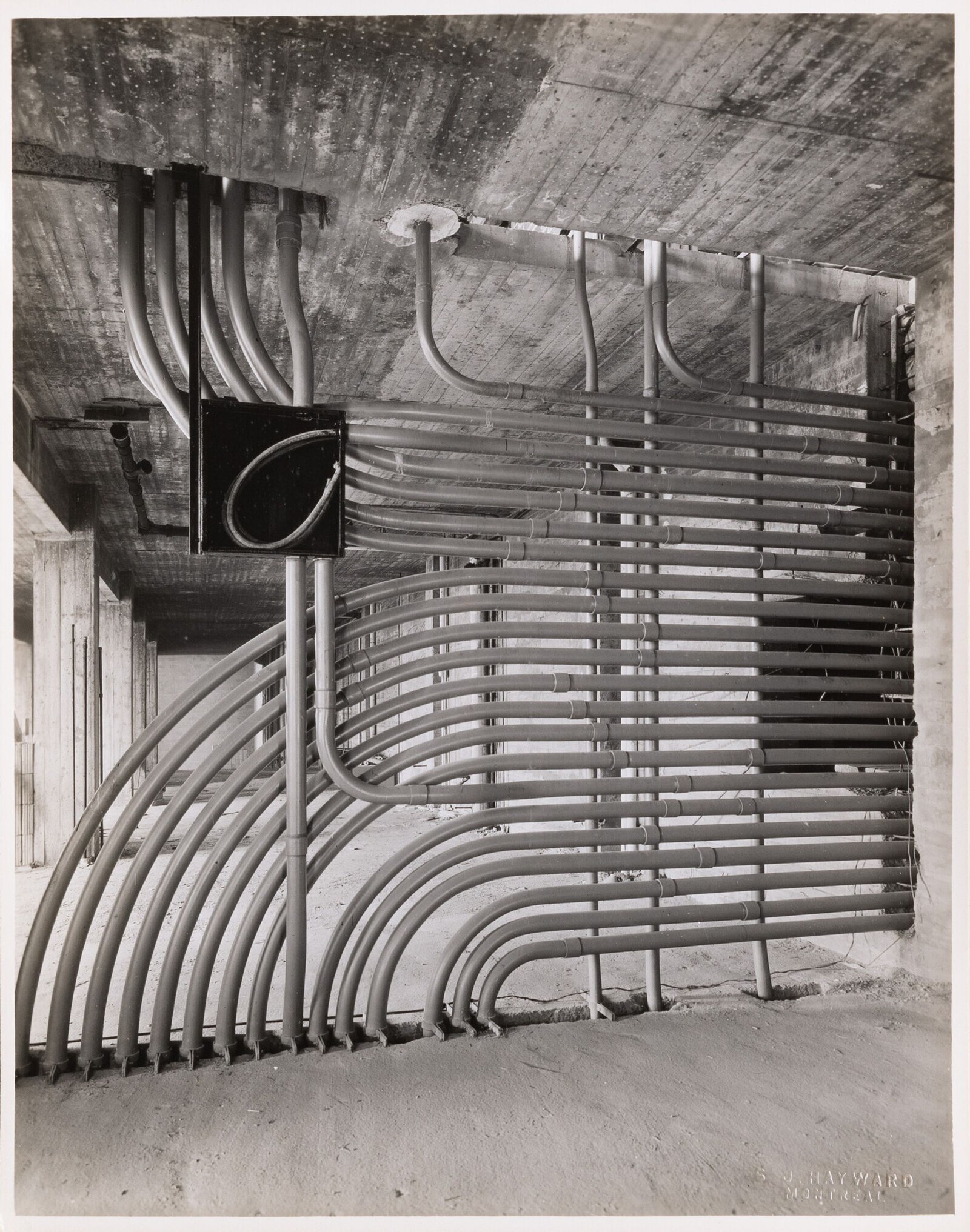2024 research symposium by the CCA and the Window Research Institute, online event
August 6, 2024, 5pm
1920 rue Baile
Montréal Québec H3H 2S6
Canada
The manifold meanings and architectural mediations of light, which are becoming more salient in our era of ecological crises, are concerns shared by the CCA and the Window Research Institute. Our emerging ecological reality is creating new practices, designs, and other social and material manifestations of architecture above, below, and between the Earth’s surface that are atmospheric, underground, and attentive to increasingly damaged landscapes all around us. Whether through increased average temperatures, more prevalent drought patterns, or sea level rise, light materially responds to our human-impacted ecosystem.
We have been working with the WRI to jointly provide conditions for deep inquiries into the phenomenon of light. This collaboration represents a new fellowship model for the CCA; whereas our institution prioritizes an expanding array of architectural topics, the WRI focuses on light and windows in their technological, cultural, and social dimensions. In 2024 we begann the third iteration of the three-year CCA-WRI Research Fellowship Program Above/Below/Between: Light on a Damaged Planet and continued to probe architecture’s varied relationships to the changing material constitution of the light spectrum.
Join us on Tuesday August 6, at 5pm EDT for the 2024 CCA-WRI Research Symposium held online, as Fellows Emily Doucet, Gökçe Günel, and Yosuke Nakamato share their research undertaken as part of the program. This summer, the three 2024 CCA-WRI fellows have been spending time at the CCA interrogating a third element in the diffusion of light across our solar societies: the condition of the “between.” The “between” names specific phenomena that become apparent between the atmosphere and land, and reflect the Earth’s condition as a solar-dependent environment. These include, for example, increasing levels of air pollution across the globe, and how this has become a major concern for everyday human activities in towns and cities. The “between” also contains the chemical aftereffects of carbon combustion, industrial production, and forest fires. Air pollution thus becomes a phenomenon that generates a range of mitigation practices, from investments in public transit to green industrial technologies more broadly.
In the first half of the symposium, the fellows will speak about their individual research projects, which move across the extractive infrastructures supporting the development of photographic technologies to the generation of energy out of the environment.
Doucet will share her research into the development of Eastman Kodak’s global network of manufacturing and finishing facilities in the late nineteenth and twentieth centuries, with a focus on how the architecture of Kodak facilities was adapted to local climates and regional architectures and infrastructures—including the negotiation of light and its absences. By drawing on ethnography, Günel will surface how forms of offshore energy accumulation are growing in Ghana by questioning what constitutes non-linear energy infrastructures, and specifically the role that floating power plants, many Turkish-owned and run, play in West Africa. Finally, Nakamoto will move through the material and energetic possibilities that salt offers across territorial, economic, and climatic thresholds. His broader research project navigates the historical development and commodification of salt and its mutual dependency on sunlight to reconsider our environment’s configuration in relation to alternative energy sources.
In the second half of the symposium, Doucet, Günel, and Nakamoto will be joined by CCA-WRI committee members Yoshiharu Tsukamoto (Co-Founder of Atelier Bow-Wow and Professor, Tokyo Institute of Technology), Daniel Barber (Chair of Architecture History and Theory, TU Eindhoven), and Masatake Shinohara (Associate Professor, Graduate School of Advanced Integrated Studies of Human Survivability, Kyoto University) who will respond to their research projects, as well as by Tadashi Ushimaru (Director, WRI), Marie Sasago (Program Officer, WRI), Akiko Tsukamoto (Senior Research Administrator, WRI), and Giovanna Borasi (Director and Chief Curator, CCA).
The event will be held in English. Please register to attend online.
Find out more about our research fellowship programs and current and upcoming calls here. Our latest call for applications to the 2025 Research Fellowship Program is open to researchers, architects, and curators who intend to pursue interdisciplinary research on architecture, urbanism, landscape, and/or design at the CCA. Applications must be submitted by 20 September 2024.
We also invite you to browse the work of past fellows and research activities on our timeline. For more, and to find out about the upcoming opportunities, subscribe here.



